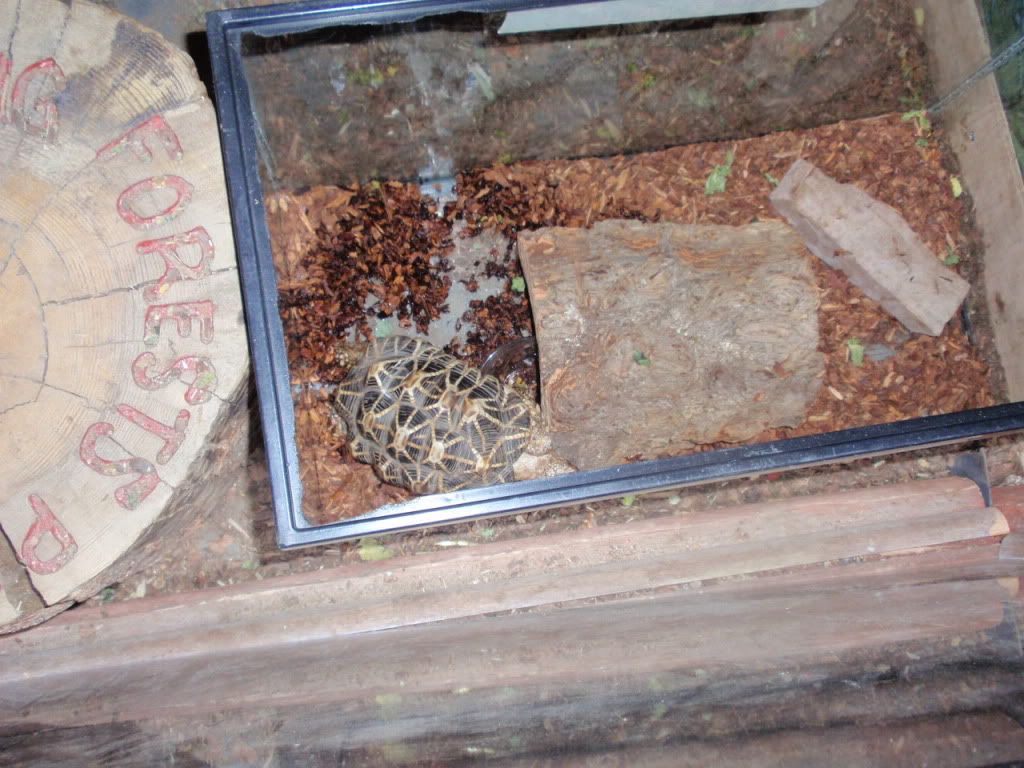- Joined
- Mar 15, 2010
- Messages
- 903
i'm sure animals at zoos get the absolute best diet, care, and vet attention that any animals could get, but those cages are just so small. i recently discovered that the tulsa zoo has 2 radiated tortoises (never knew it before because they're in the bird and monkey building, that place is so loud and it smells like you-know-what. whoever decided, "hey, i'm going to put the two loudest animals on the planet in one indoor space together!" should be fired.) and they are in the smallest cage... oh it looks all nice with fake tree roots coming out from the walls and plants hainging down from the ceiling, but i swear that cage is smaller than my hatchling spider enclosure, which is 2.5'x4'. poor tortoises barely have room to pace the walls!
and some of the other animals, the medium sized monkeys and the lions and tigers, their cages are tiny too!
and some of the other animals, the medium sized monkeys and the lions and tigers, their cages are tiny too!

